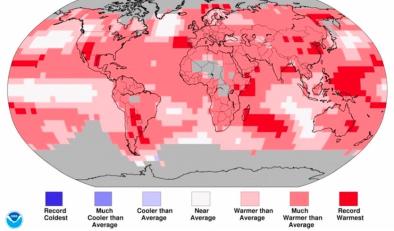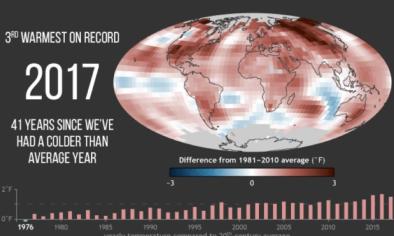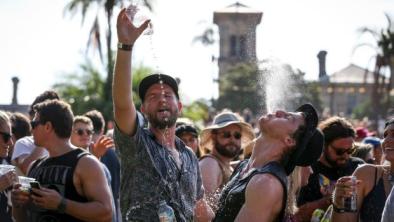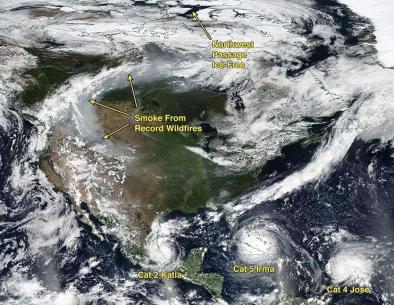‘Fast-forward spring’: America’s February warmth is extreme, and it’s just getting started
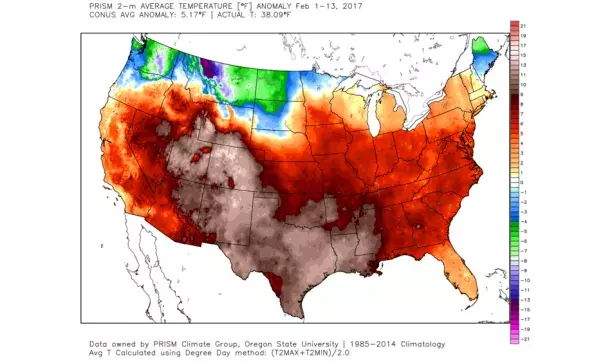
Through Feb. 13, the nation set an astonishing 1,495 high temperature records compared to just 10 for cold, according to Guy Walton, a meteorologist who tracks such temperature extremes. That’s a “whopping” 150 to 1 ratio of record highs to record lows, Walton said.
Bob Henson, meteorologist and blogger at Weather Underground, compiled a list of some of the more impressive record highs set so far. These three, in particular, are jaw-droppers:
- Magnum, Okla., hit 99 degrees on Feb. 11 — tying the state record for hottest winter temperature ever recorded. Yet it occurred two weeks earlier than the record it matched from Feb. 24, 1918, set in the town of Arapaho.
- Denver hit 80 degrees Feb. 10 — its warmest February temperature on record dating back to 1872.
- Norfolk hit 82 degrees Feb. 12, tying its warmest February temperature on record dating back to 1874.
Henson also reported that the last time Dallas dropped to freezing was Jan. 8. Given the forecast, he said, it might not for the rest of the winter. “That would eclipse the earliest final freeze of the season (Feb. 5, 2000), in records extending back to 1899,” Henson wrote.
In response to the warmth, trees are leafing and flower buds are bursting much earlier than normal. The U.S.A. National Phenology Network tracks spring’s arrival by investigating the timing of leaf-out, flowering and other phenomena. And it is already here over a large portion of the South.
“Spring has arrived three weeks early in New Mexico, Kentucky and Virginia, continuing the pattern we see across the Southeast,” the National Phenology Network website says. “High elevation areas of California and Arizona are also early.”
It’s not just the South where winter has gone missing. Ice formation on the Great Lakes has ground to a halt given the lack of frigid air. Ice covers just 10.3 percent of the lakes compared to an average of 41.7 percent at this time of year.
Related Content
